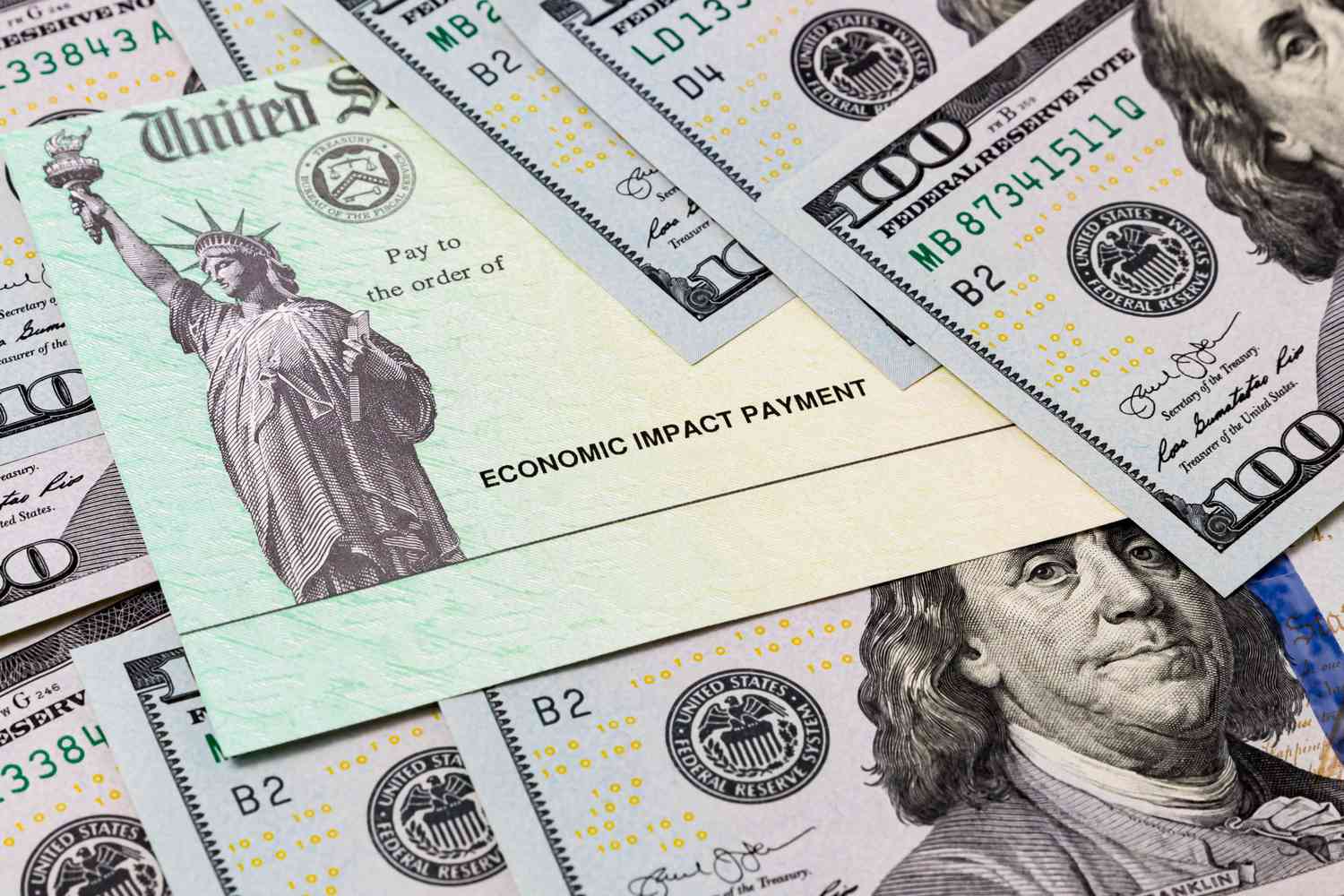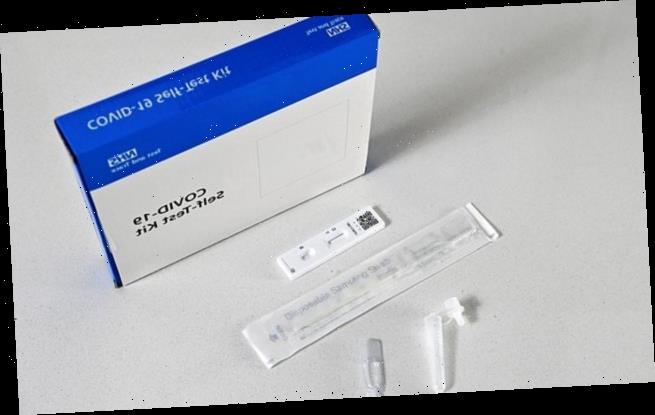Recently submitted your 2020 tax returns? Another stimulus check may be on your way.
Millions of Americans have received the third round of stimulus payments meant to provide relief during the COVID-19 pandemic, and some will be getting additional funds in the form of a "plus-up" payment, the IRS announced on Thursday.
So, who's getting the extra cash? According to the IRS, those who submitted their 2020 tax returns and saw their income drop significantly in the past year will be eligible for the plus-up payment. That's because the previous rounds of stimulus payments were calculated based on 2019 tax returns.
"This batch includes the first of ongoing supplemental payments for people who earlier in March received payments based on their 2019 tax returns but are eligible for a new or larger payment based on their recently processed 2020 tax returns," the IRS said in a press release from April 1.
RELATED: If You Haven't Received Your Stimulus Money Yet, It Could Still Arrive in the Next Few Weeks
People who had a baby in 2020 or have a new dependent to claim may also qualify for the extra funds.
"These 'plus-up' payments could include a situation where a person's income dropped in 2020 compared to 2019, or a person had a new child or dependent on their 2020 tax return, and other situations," the IRS said.
RELATED: The Timing of Your Stimulus Check Deposit Might Depend on Which Bank You Have — What to Know
In all, more than 4 million people will be getting money during the third round of payments from the government, totaling more than $10 billion.
Two million people will receive their money by way of paper checks, while the other half will see theirs arrive via direct deposit into their bank accounts.
The funds will be sent out to eligible recipients on a weekly basis as the IRS continues to process tax returns from the last two years, they explained.
Those who want to check on the status of their payments can visit the IRS' "Get My Payment" tool, which was set up during the first round of checks last year.
Upon clicking the "Get My Payment" button, users will be asked to enter their social security number or individual tax number, their birthday and their address.
At that point, they should be redirected to a page that says "Payment Status," which will let users know when they should expect their money.
If for some reason a pop-up appears that reads "Payment Status Not Available," that means one of three things: the IRS has not yet processed the payment, the IRS does not have enough information to issue the user a payment or the user is not eligible for a payment.
Source: Read Full Article



